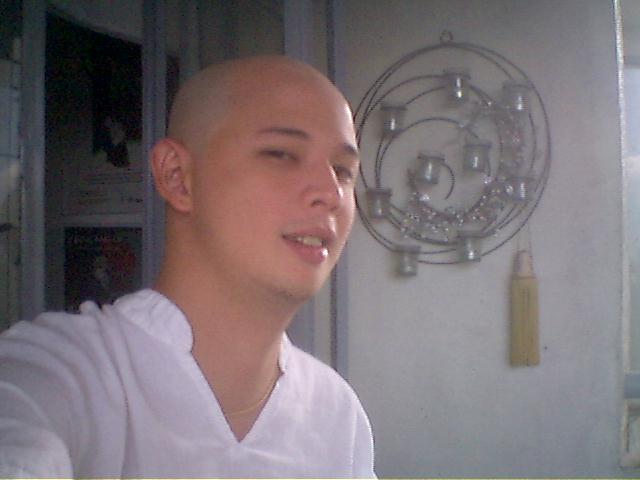








When I started working in design (as I have said before) I was first exposed to the higher end of the business. The side that, looking from the outside, made the craft more of a business than what it really is. Together with such exposure is the introduction to the "finer things in life." The very phrase that alienates the third world from the first world.
Silk for example, is one of those. Using silk for curtains is one luxury a third world middle class finds too imeldific. And yes, during those times, we only used the finest silk- Jim Thompson.
Jim R.H. Thompson was this American who went to Thailand just after the war. Fell in love with the country, built a house near the brook so he can have the Muslim community at the other side of the brook weave Thai silk for him. This became an industry in Bangkok especially after his disappearance in Malaysia in 1967 in which the foundation converted his house into a museum and developed his backyard industry into a huge business as what is now known as Jim Thompson Silk.
I went to his house a few days ago. It was catharcic.
I wouldn't have any idea if the man really envisioned it to be like this. His house was for one, a typical expat's house trying to live as fine as possible in a third world country. Thai architecture was exotic for him so he followed traditions tweaking it a little to accommodate his fancies. The main entrace of his house was the brook focusing mainly on the most convenient mode of transportation during that time. But the question is, while being in a predominantly buddhist country, he made use of the believers of Islam at a slum on the other bank to further his silk weaving craft. Capitalizing also on the needyness of the poor. Just like almost all big industries perhaps?

Adjacent to the compound was a huge store. Customers mainly white, the items are exorbitantly priced. All bearing the name of the man who disappeared two scores ago. And some books about his disappearance. How the foundation was founded, I never got to know. But sure from what it is now, they sure maintain the name, the house and the industry as well. The weaving is not on the other side of the river anymore. It is in this huge industrial building before you reach the house. Making the entire compound (sans the architecture of the house and the costume of the tour guides) very much first world.
No wonder, such feeling is felt here when we used his material for curtains to the first world aspiring clients.

No comments:
Post a Comment